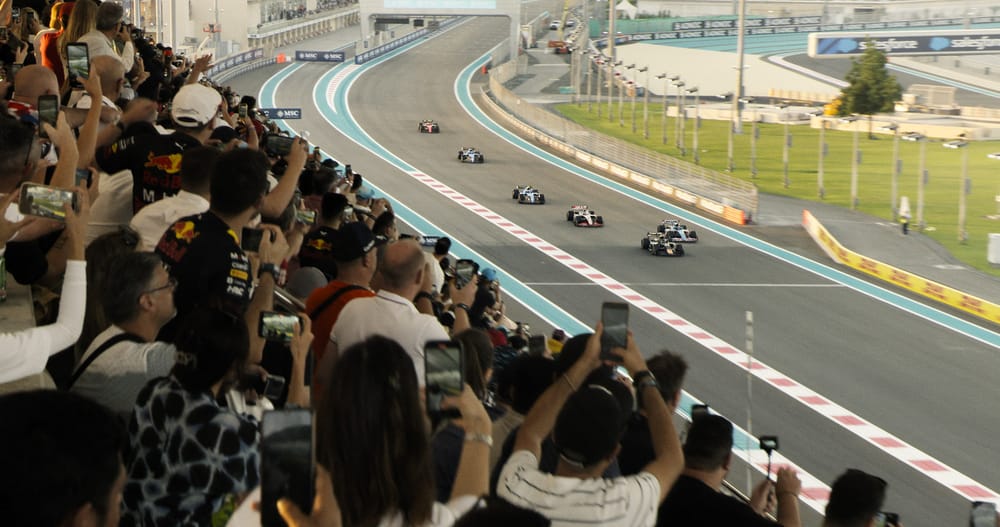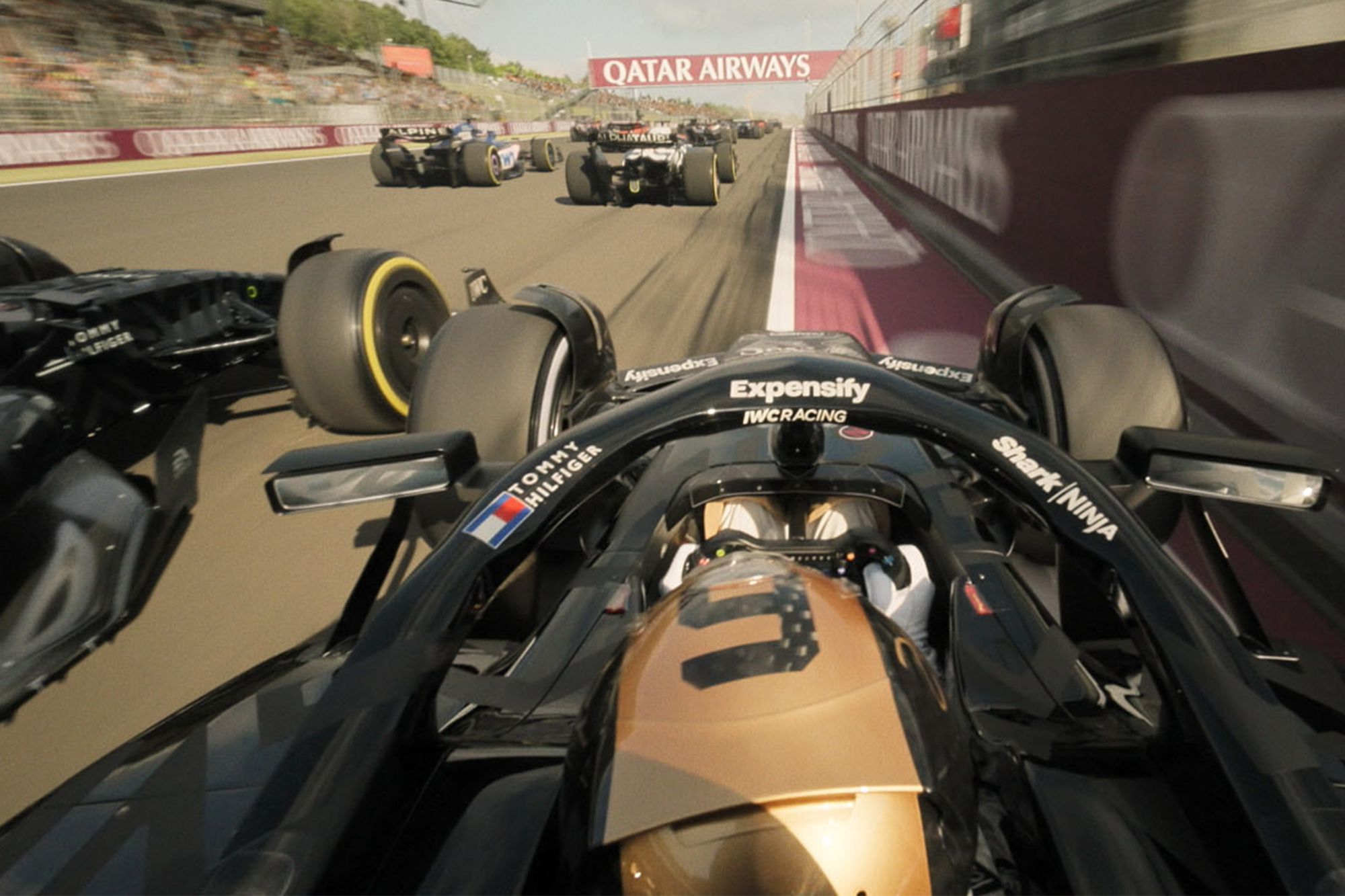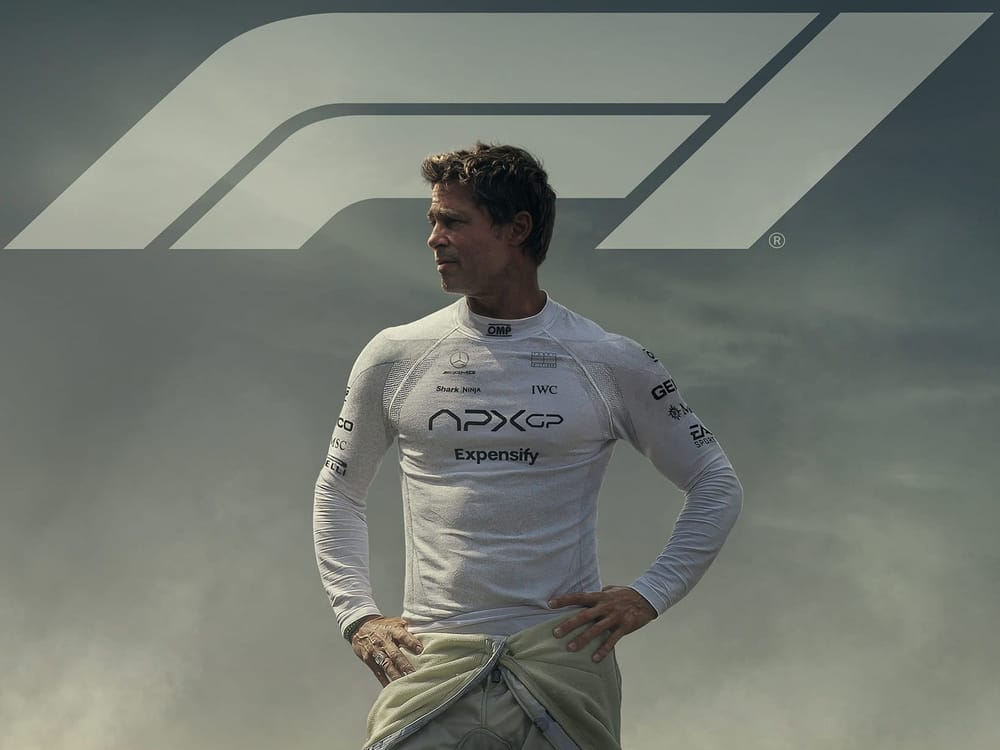One of the ambitions that F1: The Movie had was to be as realistic as possible – even though there was always going to be some artistic licence because it is a Hollywood film.
This was one of the reasons that it brought on board Lewis Hamilton as a producer – as he boldly declared it would be "the most authentic racing film you’ll ever experience in a cinema".
For racing fans, it is welcome that the final cut has avoided some of the racing film cliches that have proved so annoying in the past.
Past gripes have included drivers suddenly pushing the accelerator down harder to find some extra speed, or suddenly finding they had an extra gear, which helps them win a race!
What is perhaps more surprising about the narrative of how APX GP moves up the grid – including a character's triumph in the season finale in Abu Dhabi – is just how deep the team gets into one of the elements that is central to F1: tyre strategy.
And while hardcore fans can easily understand how a driver that failed to get through to Q2 could have an extra soft in their back pocket for a late race red flag, that such a detail is so central to the plot for a film aimed at an audience who is not so familiar to F1 is fascinating.
The secret project
For Pirelli’s motorsport director Mario Isola, the high-profile role that tyre strategy plays in the movie was a shock, even though he had been involved throughout production.
“I didn't expect so much about tyres and tyre strategy!” Isola told The Race.
“It is true that in the current F1, there is a lot about tyre strategy, and the result is obviously affected by a correct strategy, or finding the best one.
“The movie is quite real. Well represented. It is a Hollywood movie, and they told us that during the premiere, but it's not completely far from reality.
“There are many elements that are real, and one of them is tyre strategy: how to use the tyres, discussions at the briefing about the tyres, and then obviously the last part of the movie.”
Isola was first approached by the F1 movie team at pre-season testing in Bahrain two years ago to discuss Pirelli’s involvement – as there were a lot of critical aspects that had to be nailed down.
Some of this involved the storyline – in terms of engineering the impact on races and how incidents would unfold – while there were some practical elements to consider.
“They came to me with this secret project, saying: ‘We need tyres,’” explained Isola.
“We had to evaluate if it was necessary to produce specific tyres for the movie, considering that some of the footage is not high speed. Therefore, we needed to make sure that there was some grip also at low speed.”
The initial idea to ensure the tyres worked for filming was to use the softest compound tyres available throughout the movie – but changing the sidewall colours when necessary to make them look like they were either the medium or the hard.
However, once filming got underway, Pirelli quickly realised that this was not necessary as the APX GP cars being used were pretty good at heating up whichever rubber was fitted.
Isola added: “There was a lot of interaction with the people involved in the movie. They were always listening, always interested in what we were telling them. And it was really a good experience.
“We gave them not just the tyres, but we always attended their filming days. We had a technician available there with the tyres, able to support them with any questions. So it was a great experience.”
Pirelli , in the end, had to supply tyres that were bespoke to the modified Formula 2 cars that were used as the APX GP cars.
“They were more similar to F2 in terms of tyre size, but we also gave them some F1 tyres, depending on the scene and what they wanted to show,” added Isola.
“They had different tyres for different purposes, and quite a lot of them I would say. But it was necessary.”
Keeping the spectacular real
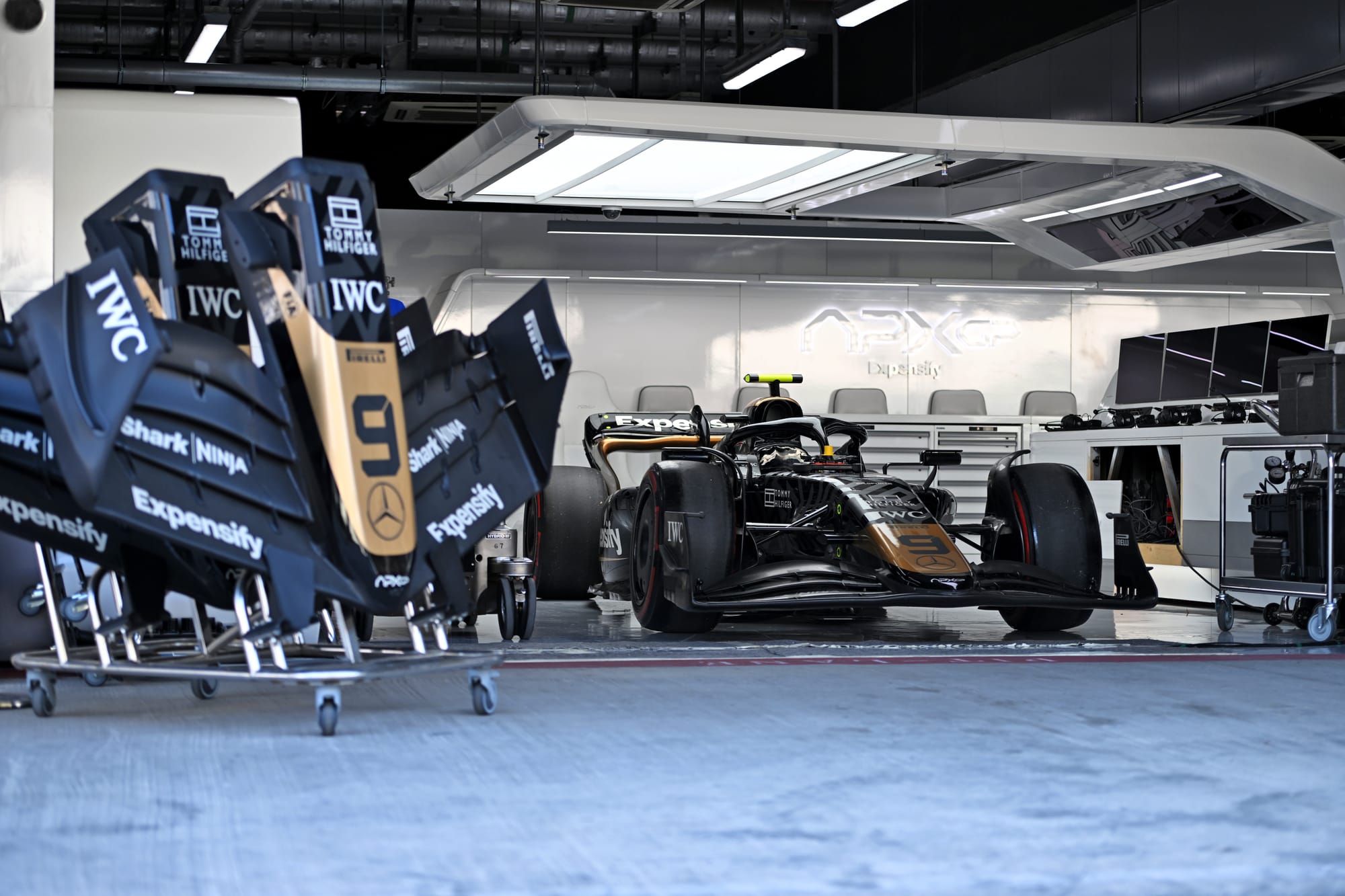
One of the obvious marketing debates for any company involved in a Hollywood movie is of course whether being involved in inevitable spectacular crashes is a good look or not.
After all, it would not look too great for Pirelli if the storyline ended up being based on F1 tyres that repeatedly exploded.
Thankfully the movie steered clear of this more wham-bam route and opted down the more realistic avenue of any incidents involving the tyres being more about punctures.
“When they were planning to have punctures, and cars were crashing because of different situations, we spoke about that,” added Isola.
“I remember we had a chat on how you can cut a tyre when you hit the sidewall with the front wing. I had on my laptop some images of a real situation with a tyre cut from the front wing.
“I showed them, and they said, ‘OK, we will do something similar to this.’ And they did it.
“So it's a real situation where, obviously, you can damage a tyre or puncture a tyre because you have a contact. Nothing strange, nothing bad, just reality.”
PR boost
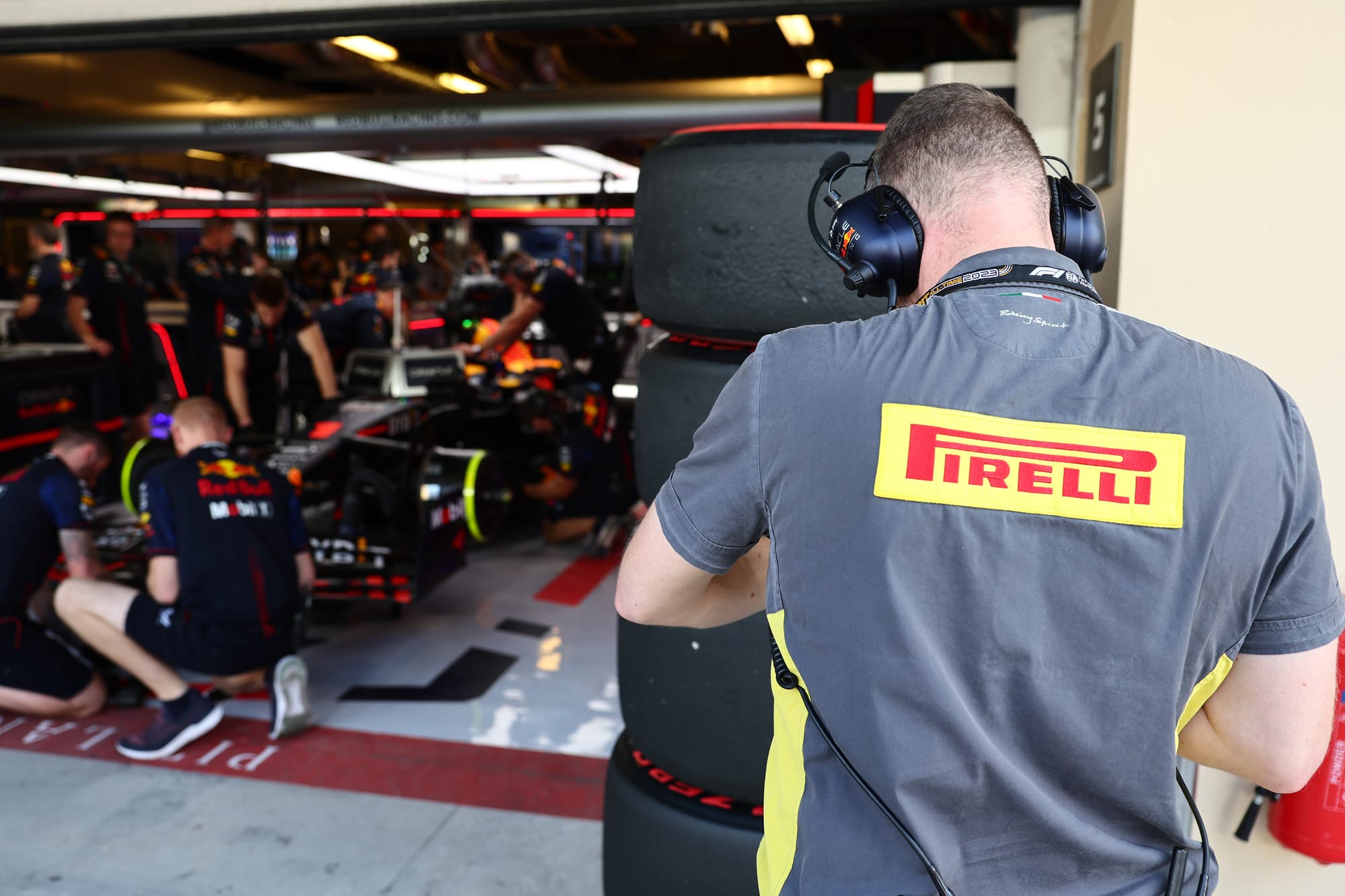
The way the movie plays out, with repeated tyre strategy meetings and that new soft tyre choice in Abu Dhabi central to the outcome, is a huge win for Pirelli in getting across a message about how central its product is to F1.
“I believe we never had something similar in the past that compares to a situation like this, because the visibility for Pirelli is huge,” added Isola.
“The fact that they filmed the movie in a real race environment means that Pirelli is everywhere. It's on the trackside, it's on the race suits of the drivers, and there are a lot of pitstops during the movie. It's a great chance to see the brand.
“But most of the film is about the technical aspect of strategies, and how they are represented.
“I believe that maybe we will have more people passionate about tyre strategy in the future, because they understand that it is something that matters.”


